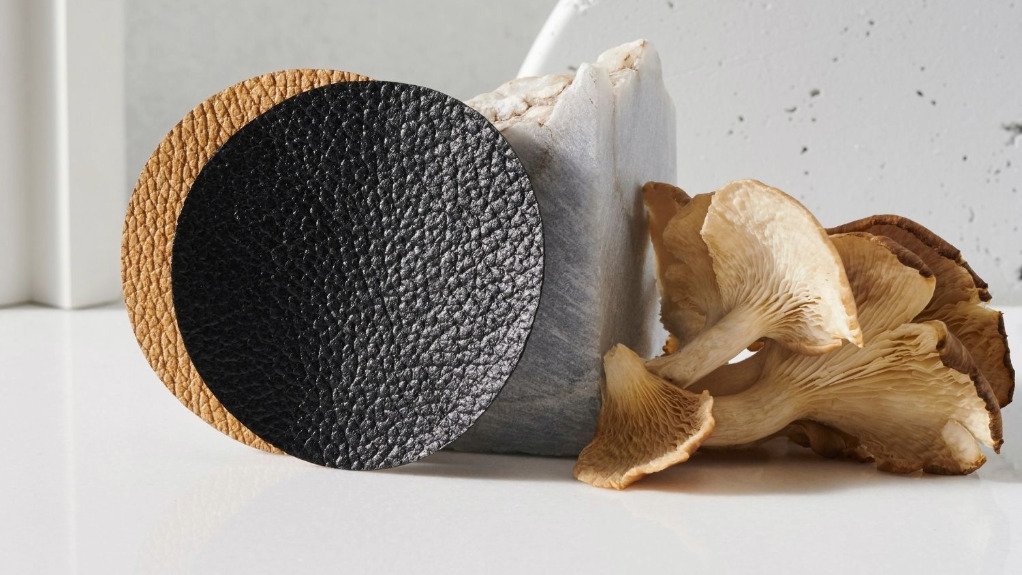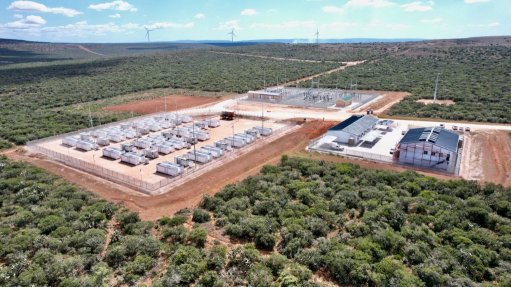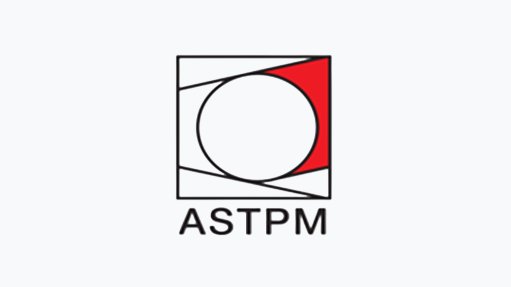White biotechnology solutions highlighted


SO MUSHROOM FOR DEVELOPMENT The development of leather form mushrooms and other white biotechnologies bodes well for a greener textile future
Market intelligence specialists IDTechEx reported in February that handbags made of mushroom leather and biodegradable foodware are two examples of how white biotechnology can produce functional products that look good.
White biotechnology uses en- zymes and microorganisms to produce value-added chemicals from renewable sources, and provides valuable components for the food, pharmaceuticals and agriculture sectors, among others.
With the right input feedstock, such as biomass or gases, and the right fermentation processes, the outputs of white biotechnology processes can be used in textiles, chemicals and fuels.
Using carbon dioxide (CO2) and other greenhouse gases in the fermentation process can also contribute to the growing circular bioeconomy.
Green Fashion
Large mats made from the mycelium roots of mushrooms are a versatile material used for leather-alternative clothes and accessories.
This is thanks to mycelium having a similar durability to that of traditional leather once treated with a tanning agent.
As mycelium leather is a tough material and treated with preservatives for long-term use, consumers will not have to worry about their handbags degrading.
Microbial leather, derived from the fermentation of bacteria or yeast, may also possess similar sustainable yet functional qualities.
These microorganisms produce collagen or cellulose, among other molecules, which form the structure of the leather alternative material.
The resulting fermentation- based materials are processed so that they become convincingly leather-like in appearance, so donning a pair of smart trainers “does not have to scream mushroom”.
CO2Use
Certain classes of microbes, such as acetogens and knallgas, can use CO2 as a fermentation input alongside hydrogen.
Such CO2 use offers an opportunity to valorise captured CO2 while creating valuable products such as fuels and drop-in chemicals, providing an economic incentive to decarbonise.
Microbes can often handle impurities, allowing minimal flue gas processing when compared with most other CO2 use pathways – such as thermochemical or electrochemical production of CO2-derived e-fuels.
Emerging trends in this area involve using steel mill smelter gas because it is rich in carbon monoxide, hydrogen and CO2.
By using a readily available waste material (namely the CO2), an environmental detriment can be transformed into a positive asset, using biotechnology.
Fossil and Plastic-Free Packaging
Sustainable packaging is a market benefiting from white biotechnology, as with the right combination of inputs, biocatalysts and process parameters, biobased materials can be designed and produced to replace fossil-based plastics.
The impact of biodegradable bioplastics made through white biotechnology could reduce plastic waste in oceans and in landfills, thereby contributing to the success of the circular economy.
Polylactic acid (PLA) is a common bioplastic used in the production of compostable plates and foodware.
The versatility of this material allows it to be produced in different shapes and sizes; for consumers looking to use products that are biodegradable, PLA foodware is a “strong option”.
White biotechnology is a technology enabler for sustainable materials such as animal leather and fossil plastic alternatives that can attract consumers with the benefits of switching to biobased materials “without necessarily giving up on quality”.
White biotechnology can also offer purpose to the gases accumulated by carbon capture, as scientists can put them to good use in making useable and eco-friendly chemicals and materials.
While there is still significant work to be done to widen the application of biobased materials in industries like packaging and fashion, the growth of biobased materials will enable people to make more sustainable choices while shopping, helping the planet and strengthening the bioeconomy.
Article Enquiry
Email Article
Save Article
Feedback
To advertise email advertising@creamermedia.co.za or click here
Comments
Press Office
Announcements
What's On
Subscribe to improve your user experience...
Option 1 (equivalent of R125 a month):
Receive a weekly copy of Creamer Media's Engineering News & Mining Weekly magazine
(print copy for those in South Africa and e-magazine for those outside of South Africa)
Receive daily email newsletters
Access to full search results
Access archive of magazine back copies
Access to Projects in Progress
Access to ONE Research Report of your choice in PDF format
Option 2 (equivalent of R375 a month):
All benefits from Option 1
PLUS
Access to Creamer Media's Research Channel Africa for ALL Research Reports, in PDF format, on various industrial and mining sectors
including Electricity; Water; Energy Transition; Hydrogen; Roads, Rail and Ports; Coal; Gold; Platinum; Battery Metals; etc.
Already a subscriber?
Forgotten your password?
Receive weekly copy of Creamer Media's Engineering News & Mining Weekly magazine (print copy for those in South Africa and e-magazine for those outside of South Africa)
➕
Recieve daily email newsletters
➕
Access to full search results
➕
Access archive of magazine back copies
➕
Access to Projects in Progress
➕
Access to ONE Research Report of your choice in PDF format
RESEARCH CHANNEL AFRICA
R4500 (equivalent of R375 a month)
SUBSCRIBEAll benefits from Option 1
➕
Access to Creamer Media's Research Channel Africa for ALL Research Reports on various industrial and mining sectors, in PDF format, including on:
Electricity
➕
Water
➕
Energy Transition
➕
Hydrogen
➕
Roads, Rail and Ports
➕
Coal
➕
Gold
➕
Platinum
➕
Battery Metals
➕
etc.
Receive all benefits from Option 1 or Option 2 delivered to numerous people at your company
➕
Multiple User names and Passwords for simultaneous log-ins
➕
Intranet integration access to all in your organisation



















